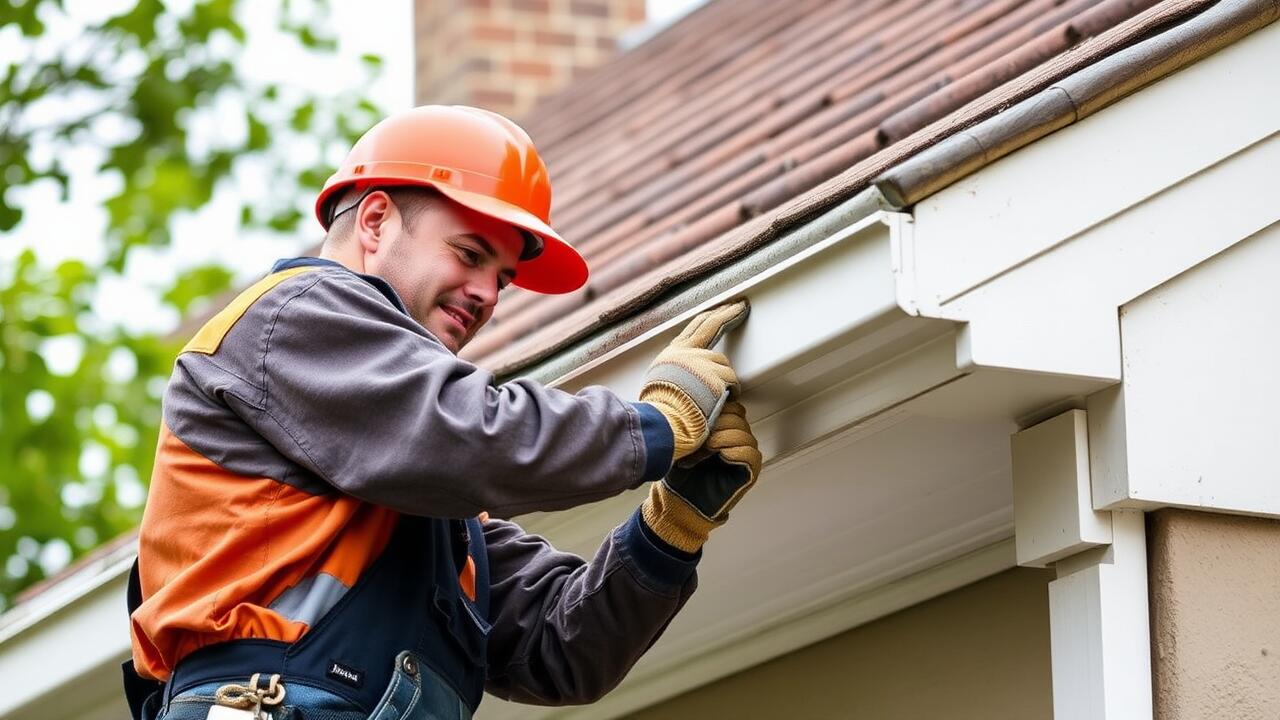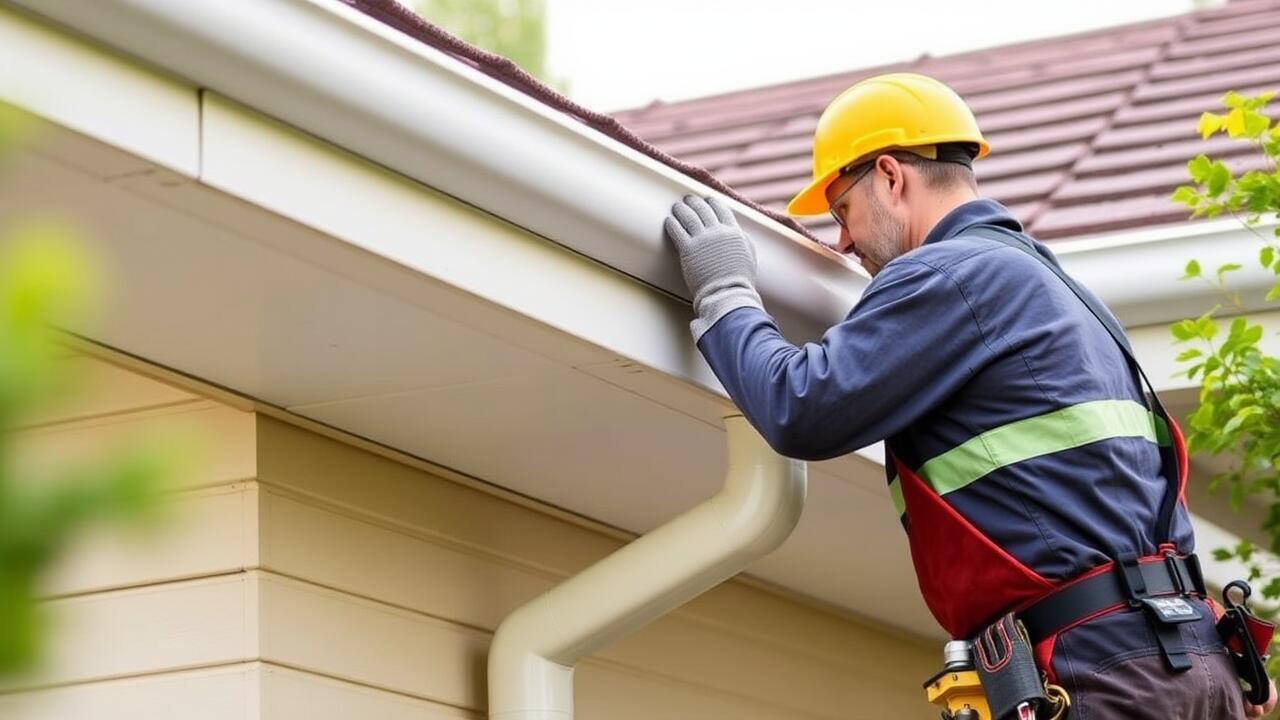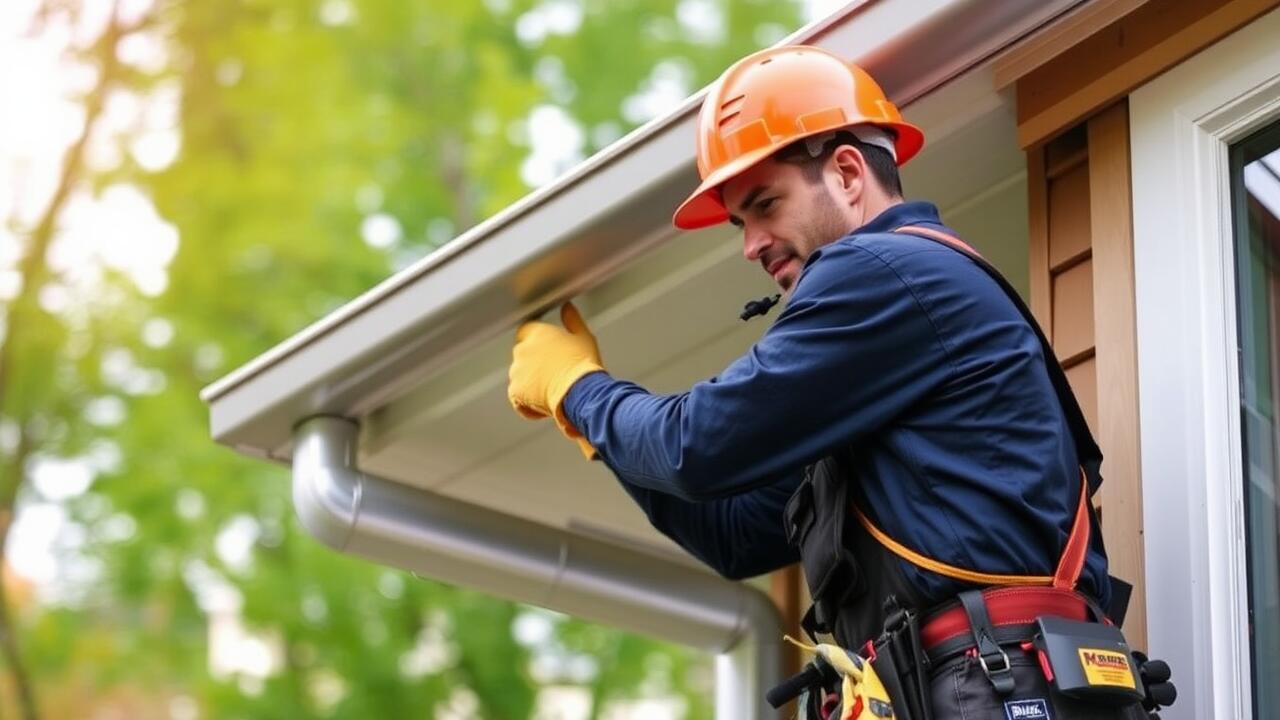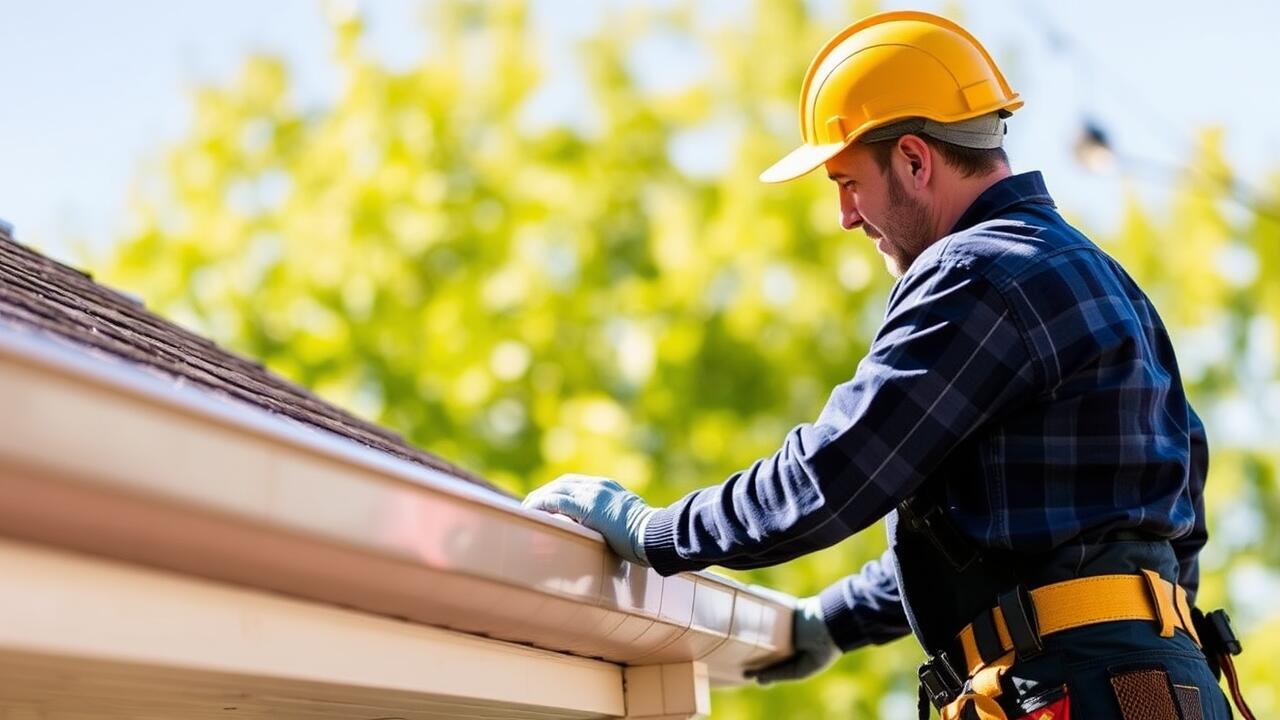
Determining the Number of Downspouts
Downspouts are essential for directing rainwater away from your home and preventing damage to the foundation. To determine the number of downspouts needed, consider the size of your roof and the expected rainfall in your area. A general rule is to install one downspout for every 40 feet of gutter. However, if your roof has a large surface area or if you live in a region with heavy rainfall, additional downspouts may be necessary to effectively manage water flow. When searching “Gutter Installation near me,” local experts can provide detailed assessments tailored to your specific needs.
Placement of downspouts is also critical for efficient drainage. Ideally, downspouts should be located at the corners of the home or where the roof meets the gutter. This ensures that water is evenly distributed around the perimeter. Additionally, ensure that they lead water away from the foundation to prevent pooling. Consulting with professionals found through “Gutter Installation near me” can help optimize the location of your downspouts based on your home’s design and landscape.
Guidelines for Proper Downspout Placement
Downspout placement is crucial for ensuring that water flows effectively away from the foundation of a building. Ideally, downspouts should be positioned at least six feet away from the structure to prevent water accumulation around the base. This distance helps mitigate the risk of erosion and water damage, particularly in areas with heavy rainfall. When deciding on locations, take into account the layout of the roof and the path water naturally takes during a storm. An even distribution of downspouts can aid in managing larger volumes of runoff.
Local regulations and codes may also dictate downspout placements to ensure compliance and safety. Consulting with professionals specializing in gutter installation near me can provide valuable insights into proper positioning based on local weather patterns and building structure. Additionally, incorporating extensions or drains at the bottom of downspouts directs water further away from the foundation, enhancing the overall drainage system. Evaluating these aspects during the planning phase will create a more effective and durable gutter system.
Evaluating Gutter Material Options
When considering gutter materials, homeowners typically evaluate options based on durability, maintenance needs, and price. Aluminum gutters are lightweight and resistant to rust, making them a popular choice. Copper gutters offer a unique aesthetic but come with a higher price tag. Vinyl gutters are inexpensive and easy to install, but they may not withstand extreme weather conditions as well as other materials. Researching “Gutter Installation near me” can provide insights into local preferences and material availability.
Factors such as local climate and regional building codes also influence the choice of gutter materials. In areas with heavy rainfall, sturdier materials like galvanized steel or copper might be more suitable to handle increased water flow. Conversely, in climates with less precipitation, lightweight materials could suffice. Understanding these environmental aspects can help homeowners make informed decisions. Consulting professionals during the assessment can further aid in selecting the best option tailored to specific needs and conditions.
Pros and Cons of Different Gutter Materials
When evaluating gutter materials, various factors must be considered to determine the best fit for your home. Aluminum gutters are lightweight and resistant to rust, making them a popular choice. They can be painted to match your home's exterior. Vinyl gutters are another option that offers affordability and ease of installation, though they can become brittle in extreme temperatures. For those seeking durability, copper gutters provide a robust solution, but their high cost and maintenance requirements can be a drawback.
Each material comes with specific pros and cons that may influence the decision. Steel gutters are strong and can withstand heavy loads, but they require regular maintenance to prevent rust. Wood gutters offer a classic aesthetic but demand frequent upkeep and are susceptible to rot. When searching for "Gutter Installation near me," consider how each material aligns with your local climate and personal maintenance expectations to ensure a sensible choice.
Considering Local Climate Effects
Local climate plays a crucial role in determining the type and size of gutters necessary for effective water management. Regions prone to heavy rainfall or snowmelt require more robust systems to prevent overflow and protect the property. The weight of accumulated ice and snow can also lead to potential damage. Homeowners in these areas should consider gutters designed to handle these stresses, ensuring proper flow and drainage throughout the seasons.
In contrast, areas with minimal precipitation may not require as extensive a gutter system. Homeowners must assess their surroundings, including trees that may shed leaves, to avoid clogging. When searching for "Gutter Installation near me," it’s important to consult with professionals who understand local weather patterns. Custom solutions can help tailor gutter systems to specific climate challenges while enhancing overall home resilience.
How Weather Influences Gutter Needs
Weather plays a significant role in determining the type and size of gutters required for a home. Heavy rainfall and frequent storms can lead to increased water flow that standard gutters may struggle to handle. In areas prone to snow accumulation, the weight of the snow can cause gutters to sag or break, necessitating a sturdier design. Understanding local weather patterns helps homeowners choose the right gutter system that can withstand the specific challenges posed by their climate.
Additionally, temperature variations can affect gutter performance. Extreme heat can lead to expansion and contraction, potentially causing materials to warp or crack over time. Homeowners should consider these factors when researching options. Looking for "Gutter Installation near me" can provide insight into local contractors familiar with climate-specific needs, ensuring a more durable installation tailored to weather conditions.
FAQS
What is the first step in estimating gutters for my home?
The first step is to determine the number of downspouts needed based on the roofline and the overall size of the roof.
How do I know where to place downspouts?
Proper downspout placement can be guided by ensuring they are located at the lowest points of the gutter system and spaced evenly to manage water flow effectively.
What gutter materials are available for estimation, and how do I choose?
Common gutter materials include aluminum, vinyl, steel, and copper. Consider factors such as durability, cost, and aesthetic preferences when choosing the right material for your home.
What are the pros and cons of different gutter materials?
Aluminum is lightweight and resistant to rust, while vinyl is cost-effective but less durable. Steel is strong but may rust, and copper is long-lasting but more expensive. Evaluate these factors based on your needs.
How does local climate affect my gutter needs?
Local climate impacts how much rainfall and snow your gutters need to handle, which can influence the size, material, and design of your gutter system. Be sure to consider climate when estimating your gutters.



